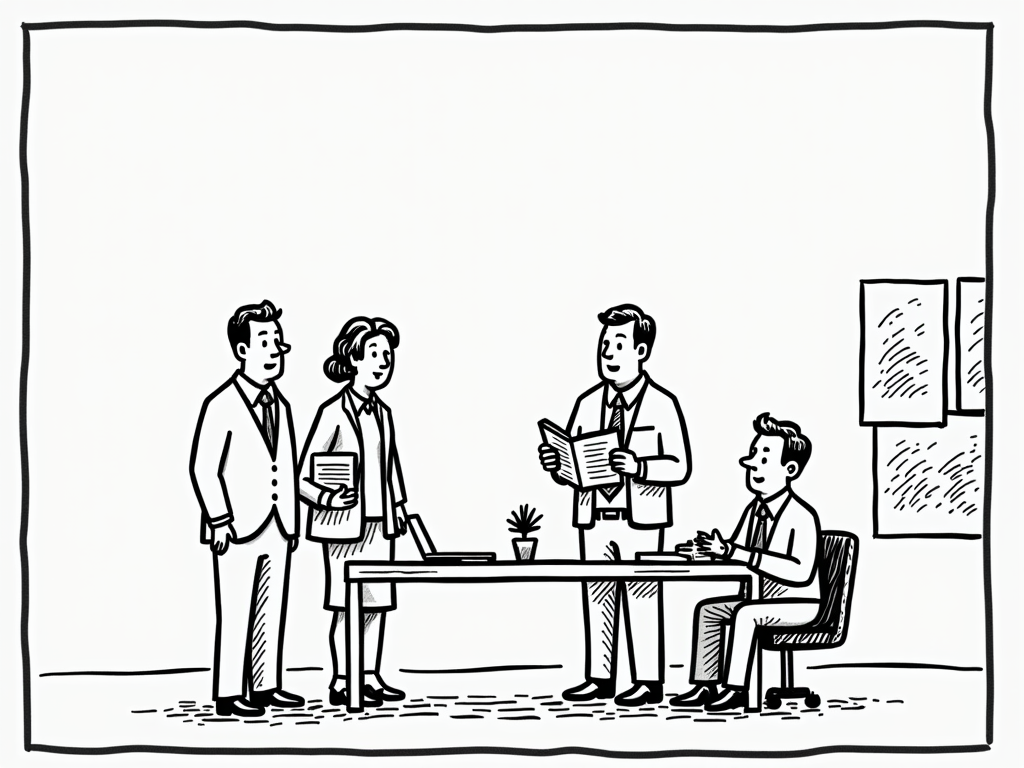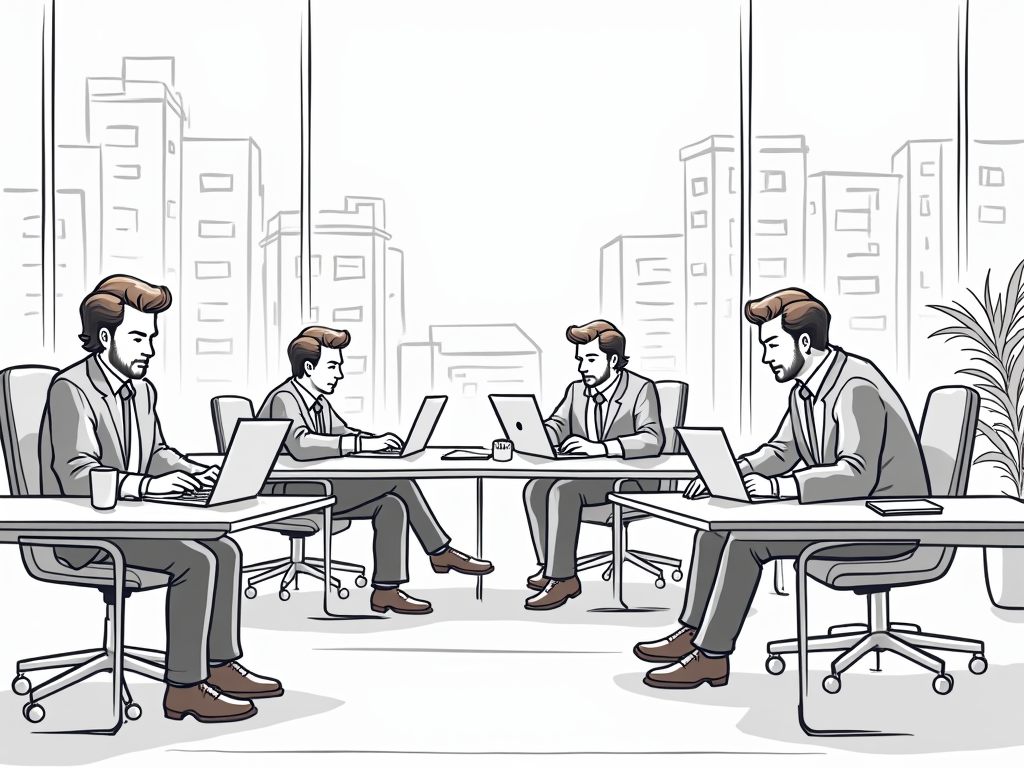
Green Business Incentives in France: Navigating Grants and Tax Credits for Sustainable Enterprises
Reading time: 12 minutes
Table of Contents
- Introduction to France’s Green Business Landscape
- Key Financial Incentives for Green Businesses
- Eligibility Requirements and Application Processes
- Case Studies: Success Stories in Green Business Support
- Common Challenges and How to Overcome Them
- Future Outlook for Green Business Incentives
- Conclusion
- Frequently Asked Questions
Introduction to France’s Green Business Landscape
Feeling overwhelmed by the complexity of France’s green business incentives? You’re certainly not alone. While France has positioned itself as a European leader in the transition to a sustainable economy, navigating the maze of available supports can be daunting for both startups and established businesses.
France’s commitment to environmental sustainability isn’t just political rhetoric—it’s backed by substantial financial muscle. Following the 2015 Paris Agreement, the government has progressively increased its financial commitment to green initiatives, allocating over €30 billion specifically for ecological transition in the France Relance recovery plan of 2020, with additional commitments in the France 2030 investment plan.
Here’s the straight talk: successfully accessing these incentives isn’t about being the most environmentally virtuous business—it’s about strategic alignment with national ecological priorities and meticulous preparation. Companies that understand this fundamental principle consistently outperform their competitors in securing valuable support.
Let’s break down the landscape into navigable territory and transform what might seem like bureaucratic obstacles into genuine business opportunities.
Key Financial Incentives for Green Businesses
Government Grants and Subsidies
The French government offers several substantial grant programs specifically designed to accelerate the green transition across various sectors. Unlike loans, these funds don’t require repayment, making them particularly valuable for businesses with limited capital.
ADEME Funding Programs
The French Agency for Ecological Transition (ADEME) serves as the primary channel for many green business grants. Their portfolio includes:
- The Heat Fund (Fonds Chaleur) – Providing up to 45% of investment costs for renewable heat production projects, including biomass, geothermal, and solar thermal installations. In 2022, this fund distributed €520 million to 4,379 projects nationwide.
- Circular Economy Fund – Supporting waste reduction, recycling, and resource efficiency initiatives with grants covering 35-70% of eligible costs, depending on business size and project innovation level.
- Decarbonization Support for Industry – Offering significant funding for industrial companies implementing carbon reduction technologies, with support reaching up to €15 million per project in some cases.
“The most successful applicants to ADEME programs demonstrate not just environmental benefits, but also clear economic viability and innovation potential,” notes Catherine Léger, Senior Advisor at ADEME. “We’re looking for projects that can be replicated and scaled, creating lasting impact beyond the initial funding period.”
BPI France Green Innovation Funding
BPI France, the national public investment bank, has developed specialized funding instruments for green innovation:
- Green Innovation Grants – Supporting R&D phases with non-repayable funding of up to €200,000 for SMEs developing cutting-edge environmental technologies
- Green Tech Investment Fund – A €165 million fund providing equity financing for innovative startups in renewable energy, clean transportation, and sustainable agriculture
Real-world scenario: Consider a manufacturing SME looking to modernize production facilities with energy-efficient equipment. Rather than applying for a single large grant, many successful businesses create a funding strategy that combines complementary programs—perhaps an ADEME grant for the energy efficiency components, paired with BPI innovation support for any novel process improvements, and regional funding to support associated job creation.
Tax Credits and Exemptions
Tax incentives often represent a more accessible entry point into the green incentive ecosystem, as they typically involve less competitive application processes than grants while offering substantial financial benefits.
Research Tax Credit (CIR) for Green Innovation
The Research Tax Credit (Crédit d’Impôt Recherche or CIR) offers a 30% tax credit on eligible R&D expenses for SMEs (20% for larger companies), with enhanced benefits for research focused on ecological transition. For qualifying green innovation projects, businesses can receive:
- 30% credit on the first €100 million of qualified research expenses
- 5% credit on expenses exceeding this threshold
- Double-counting of PhD researcher salaries for their first 24 months
According to the Ministry of Research, green technology companies recover an average of €375,000 annually through this mechanism, representing a significant boost to R&D budgets.
Accelerated Depreciation for Energy-Efficient Equipment
Businesses investing in qualifying energy-efficient equipment can benefit from exceptional depreciation allowances, permitting deduction of 40-60% of the asset value from taxable income in the first year—a substantial improvement over standard depreciation schedules.
Reduced VAT Rates
Energy renovation work and certain renewable energy installations benefit from reduced VAT rates of 5.5% (compared to the standard 20%), providing immediate cost savings on qualifying expenditures.
Regional Support Programs
Beyond national incentives, France’s decentralized governance structure creates opportunities at the regional level, where ecological priorities may align even more closely with local business activities.
Regional Council Green Development Funds
Each of France’s 13 metropolitan regions manages dedicated budgets for ecological transition, with distinct priorities reflecting regional economic structures:
- Occitanie’s Green Hydrogen Plan – €150 million allocated to developing the hydrogen economy
- Brittany’s Blue Economy Initiative – Supporting sustainable maritime and coastal businesses
- Grand Est’s Climate Economy Acceleration Program – Focused on building renovation and clean energy deployment
“Regional programs often have more flexible criteria and faster decision cycles than national initiatives,” explains Jean-Marc Dubois, sustainability consultant. “They’re designed to address specific territorial challenges and opportunities, making them ideal for businesses with strong local connections.”
Eligibility Requirements and Application Processes
Qualifying Business Activities
While eligibility varies across programs, certain business activities consistently receive prioritized support in France’s green incentive landscape:
| Sector | Priority Activities | Available Funding Range | Application Complexity | Success Rates |
|---|---|---|---|---|
| Energy | Renewable production, storage solutions, smart grid technologies | €50,000 – €5M+ | High | 25-30% |
| Manufacturing | Process efficiency, waste reduction, circular economy implementation | €100,000 – €3M | Medium | 35-40% |
| Construction | Low-carbon materials, energy-positive buildings, renovation technologies | €75,000 – €2M | Medium | 30-35% |
| Agriculture | Organic farming transition, precision agriculture, low-impact irrigation | €25,000 – €500,000 | Low-Medium | 40-45% |
| Transportation | Electric mobility, logistics optimization, alternative fuel infrastructure | €150,000 – €4M | High | 20-25% |
Beyond sector-specific qualifications, most programs assess applications based on:
- Quantifiable Environmental Impact – Measurable reductions in carbon emissions, waste, or resource consumption
- Innovation Level – Distinctiveness compared to existing market solutions
- Economic Viability – Realistic business models with clear paths to profitability
- Scaling Potential – Ability to grow beyond initial implementation
- Job Creation – Particularly for positions requiring green skills
Documentation and Compliance
Successful applications invariably rest on robust documentation. Essential elements typically include:
- Technical Documentation – Detailed project specifications, implementation methodologies, and expected outcomes
- Environmental Impact Assessment – Quantitative analysis of ecological benefits, ideally validated by independent third parties
- Financial Projections – Comprehensive cost breakdowns, funding requirements, and anticipated returns
- Business Strategy – Market analysis, growth plans, and competitive positioning
Pro Tip: The right preparation isn’t just about ticking administrative boxes—it’s about creating compelling narratives that align business objectives with national ecological priorities. The most successful applications translate technical advantages into clear societal benefits, helping evaluators understand why your project deserves priority funding.
For tax incentives specifically, maintaining meticulous ongoing documentation is crucial. This includes:
- Detailed logs of R&D activities for research tax credits
- Energy performance certificates for equipment-related incentives
- Certified supplier declarations for reduced VAT applications
Case Studies: Success Stories in Green Business Support
Let’s examine two contrasting examples of businesses that successfully navigated France’s green incentive landscape:
Case Study 1: Agricool – Urban Farming Innovation
This Paris-based startup developed technology to grow strawberries in shipping containers using 90% less water and zero pesticides compared to conventional farming. Their funding journey illustrates effective incentive stacking:
- Initial Research Phase: Secured €120,000 through BPI France’s innovation grant to develop proprietary growing systems
- Prototype Development: Leveraged Research Tax Credits to offset 30% of R&D expenses, saving approximately €180,000 annually
- Scaling Production: Obtained €850,000 from ADEME’s Circular Economy Fund to establish their first commercial production site
- Expansion: Attracted €28 million in private investment, catalyzed by the de-risking effect of public support
“The layering of different incentive mechanisms was critical to our growth trajectory,” explains Guillaume Fourdinier, Agricool’s co-founder. “Public funding not only provided essential capital at our highest risk stages but also validated our business model for private investors.”
Case Study 2: Evertree – Industrial Transformation
This medium-sized manufacturer pivoted from traditional chemical products to plant-based alternatives for the construction industry, exemplifying how established companies can leverage green incentives for business transformation:
- Technology Acquisition: Utilized accelerated depreciation allowances to invest €2.4 million in new production equipment, reducing the effective investment cost by 28%
- Process Adaptation: Secured €750,000 from their regional council’s industrial transition fund to modify existing facilities
- Workforce Development: Accessed €95,000 in subsidized training programs for employees requiring new skills
- Market Expansion: Qualified for reduced export support rates through Business France’s green business program
“The financial incentives certainly helped our balance sheet during the transition,” notes Marie Laure, Evertree’s Operations Director, “but equally valuable was the technical assistance that came with many of the programs, connecting us with research partners and potential clients.”
Common Challenges and How to Overcome Them
Even well-prepared businesses face obstacles when pursuing green incentives. Here are the most common challenges and proven strategies to address them:
Challenge 1: Navigational Complexity
With hundreds of programs distributed across multiple agencies, regions, and administrative levels, many businesses struggle to identify the most appropriate opportunities.
Solution: Rather than attempting comprehensive research, start with sector-specific entry points:
- Contact your regional Chamber of Commerce’s Sustainable Development Advisor
- Use the interactive tool at aides-entreprises.fr to filter by sector, company size, and project type
- Consider engaging a specialized consultant for a defined discovery phase rather than ongoing support
Challenge 2: Technical Documentation Requirements
Many businesses underestimate the level of technical detail required, particularly for environmental impact assessments and innovation descriptions.
Solution: Leverage external validation and expertise:
- Partner with technical universities through the CIFRE program, which subsidizes PhD researchers working with private companies
- Utilize ADEME’s preliminary technical assessment service before formal application
- Join industry consortia where documentation resources can be shared
Challenge 3: Cash Flow Management During Reimbursement Periods
Many incentive programs operate on reimbursement models, creating potential cash flow challenges, especially for smaller businesses.
Solution: Implement proactive financial planning:
- Negotiate advance payments where available (many programs offer 20-30% upfront)
- Establish bridging finance arrangements with BPI France, which offers specific instruments to pre-finance approved grants
- Sequence project stages to align major expenditures with payment milestones
“One of the most effective strategies is simply building realistic timelines,” advises Philippe Gautier, financial advisor specializing in green business financing. “Many companies plan as if funds will arrive much faster than administrative reality permits. Building 4-6 month buffers into financial projections can prevent significant stress.”
Future Outlook for Green Business Incentives
Understanding emerging trends in France’s green incentive landscape can help businesses position themselves advantageously for future opportunities.
Increasing Focus on Measurable Carbon Reduction
As France works toward its legally binding carbon neutrality target by 2050, funding is increasingly directed toward businesses that can demonstrate precise carbon reduction metrics. The recent introduction of carbon performance conditions in many ADEME programs signals this shift from general environmental benefits to specific climate impact.
For forward-thinking businesses, this means investing in robust carbon accounting systems now will likely yield funding advantages in coming cycles.
Integration with EU Green Deal Instruments
France is strategically aligning its national incentives with the €1 trillion European Green Deal investment program. This creates opportunities for businesses to access complementary funding streams, particularly in priority sectors like renewable hydrogen, battery technology, and circular economy materials.
Transition from Grants to Blended Finance
Many traditional grant programs are evolving toward “blended finance” models that combine subsidy elements with repayable instruments. This approach stretches public funds further while creating more sustainable support mechanisms.
For businesses, this means developing projects with clearer revenue models and financial returns, even when pursuing primarily environmental objectives.
Conclusion
Navigating France’s green business incentives isn’t just about accessing funding—it’s about strategically positioning your business in alignment with the country’s ecological transition priorities. The most successful companies approach these opportunities not as occasional funding supplements but as integral components of their business development strategy.
The landscape may appear complex initially, but this complexity creates strategic advantages for well-prepared businesses. Those who invest time understanding the ecosystem’s structure can often access multiple complementary supports while their competitors focus on more obvious but oversubscribed programs.
Remember that beyond the financial benefits, these incentives connect businesses to valuable networks of innovators, researchers, and potential clients united by sustainability objectives. The relationships formed through these programs often deliver long-term value exceeding the immediate financial support.
As France continues its ambitious environmental transition, businesses that proactively engage with these incentive mechanisms won’t just benefit financially—they’ll be helping shape the green economy that will define French business in the decades to come.
Frequently Asked Questions
Are green business incentives only available for new environmentally-focused companies?
No, this is a common misconception. While pure green tech startups certainly qualify, many programs specifically target traditional businesses implementing sustainable transitions. In fact, some of the largest funding allocations go to conventional industries (manufacturing, agriculture, construction) adopting greener practices. ADEME’s industrial decarbonization program, for instance, primarily supports existing companies reducing their environmental footprint rather than creating new entities.
How do small businesses compete against larger corporations for limited green funding?
France’s incentive system includes multiple mechanisms that actually advantage smaller businesses. Many programs have dedicated SME allocations with higher support percentages (often 10-20% higher than for large enterprises), simplified application procedures, and technical assistance components. Additionally, regional programs typically prioritize local SMEs over national or multinational corporations. The key for small businesses is to emphasize their agility in implementation and potential for proportionally greater environmental impact relative to their size.
Can foreign-owned businesses access French green incentives?
Yes, most programs are open to any business legally established in France, regardless of ownership nationality. The critical factor is that the environmental benefits must primarily occur within French territory. Some programs even offer enhanced support for international companies establishing green operations in France through the “Choose France” initiative. However, strategic sovereignty considerations do affect certain sectors like energy and defense-related technologies, where French or EU ownership may receive preferential treatment.


